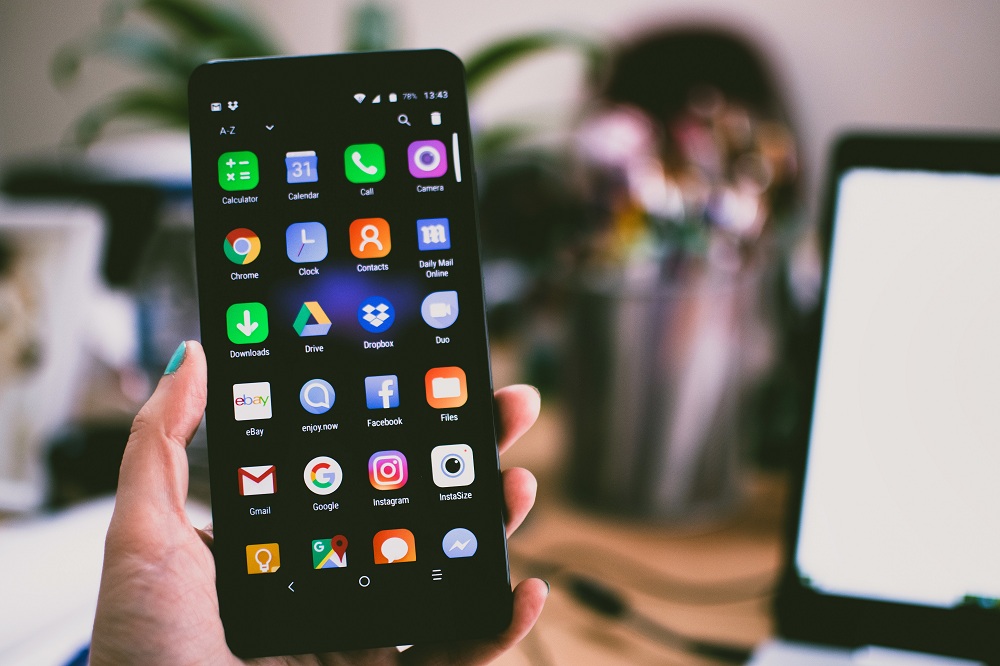“This is the first of a two-part series detailing the possibility of small-scale energy production to help curb the use of fossil fuels and ultimately – global warming. Explored here are two promising technologies – even if they are at their infancy stage – can make everyone a contributor to the goal of reducing our carbon dioxide footprint.”
The rise of smartphones has disrupted the lives of billions of people. Just like its functionalities that can be attained by a touch of a button, it has crept through the human system like a flick of a switch.Few can imagine life without the bright, wide and intuitive screens of smartphones. Fewer can live without a smartphone.
They haven’t been around for too long, but it has rose to becoming a basic necessity for people around the world. It hasn’t taken too long before it dominated the telecommunication sector.
The innovation and technology being poured to improve the smartphonehas satiated the taste buds of the tech-savvy generation. The rise of smartphone is inevitable and nobody is seemingly stopping it. Well, why would anyone?
It has brought functionality, convenience and a whole lot of cool stuff right into the palm of our hands. It has made communicating through a device easier and more accessible.
However, scientists have sounded the alarm about the negative impact of smartphones to our planet.
In a study conducted by the McMaster University’s Journal of Cleaner Production which analyzed the carbon impact of the entirety of Information and Communication Industry (ICT) has found that smartphones are slowly killing the planet.The blame is pinned to the smartphone due to its life cycle.According to the study, a smartphone is more or less disposable. An average smartphone would be used for two years, then disposed or replaced with a newer model.
Smartphones, just like energy consumption is not harmful by itself. There is a small amount of carbon footprint hooked to the actual use of smartphone as its main energy requirement is the charging of its batteries.
The harm is rooted from the manufacturing of smartphones. Such harm is amplified by the short life cycle of a smartphone.In 2017 alone,175,780 units of smartphones were sold every hour. More than half of the 1.54 billion smartphones sold last year are for disposal or have been replaced by a newer model. In 2020, 90% of these phones have ended their life cycle.

The worrisome figure is that 85% to 95% of the device’s carbon emission came from the mined minerals that make up a smartphone. The big players here are the lithium ion batteries, the glass and semiconductors used inside its system.
As the trend of smartphone design shifts toward bigger, brighter and better screens, the carbon footprint of producing these devices also shoots up. A testament for this is the publicized report of Apple admitting that building an iPhone 7 Plus creates more or less 10% more CO2 than the iPhone 6s, but an iPhone 7 standard creates roughly 10% less than a 6s.
The manufacturing of the smartphone is just the first of the two-prong environmental impact. The second, insidious impact is the smartphone’s server and data centers. These huge facilities are solely responsible for the 45% of the carbon emission of the ICT. That is because every message, every Facebook like, every Instagram post, every Tweet requires a server to execute the commands – and these servers or cloud is not cheap to operate. Nor its carbon emission can be neglected.
Do we take a step back and just stop?
If your answer is yes, you may bid farewell to instant messages, you may say goodbye to Facebook likes, you may stop tweeting and you may halt taking selfies.
Sounds difficult and unfair, right? Yes, we agree that humans will not stop using the smartphone.But what can we do? What can you do?
What we can do has been done before. In fact, it is the reason for the immense popularity of smartphones. Its designers can innovate the build and functionality of the smartphone we know today.
As avid students, researchers and followers of science, especially physics, the environmental team of Nonequilibrium has been trying to find the needle in the haystack and trying to think out of the box.
When almost all functionality has been squeezed in a smartphone’s rectangular body frame, we will look into one additional functionality that can make it not just smarter, but greener.

The majority of smartphone is made of glass. The capacitive touchscreen, the camera lens, and the premium ones’ back panels are made up of glass. It also comes in different types like Gorilla and Corning.
A few bright minds that are not even associated in the smartphone industryhas a revamped breakthrough in the production of glass. A glass that can harvest energy from the sun.
Researchers and scientists from Michigan State University (MSU) have floated the use of transparent solar panels.The thin sheets of see-through glass that offers solar-harvesting system using the organic molecules developed by Richard Lunt, the Johansen Crosby Endowed Associate Professor of Chemical Engineering and Materials Science at MSU andhis team to absorb invisible wavelengths of sunlight. The team claims that they can set the glass to absorb ultraviolet and the near-infrared wavelengths that then convert this energy into electricity.
The glass that they have been testing fits well into the requirements of a smartphone, because, according to the researchers, it would be made of transparent luminescent solar concentrator that could generatesolar energy on any clear surface without affecting the view.
Once this new breed of solar panel has been refined it can replace the glass that is being used in a smartphone. The smartphone manufacturers can plug in the chipset that will collect the energy from the glass.
This, in theory is more convenient than the new buzz of wireless charging. If tech giants like Apple, Samsung, Huawei, LG and so on puts their fine touch,we can be seeinga smartphone that does not need any charger. A smartphone that is energy self-sufficient.
“We analyzed their potential and show that by harvesting only invisible light, these devices can provide a similar electricity-generation potential as rooftop solar while providing additional functionality to enhance the efficiency of buildings, automobiles and mobile electronics.” Lunt wrote in the research.
Conclusion

Humans are great in adapting to new technologies and trends. We are great at clinging to our basic necessities and finding ways to acquire them. Clothing, as mentioned in the first part of this report is a basic necessity for a human being to survive – and be decent. Smartphones, as mentioned here has been a necessity in our technologically advancing world.
When we cannot live without these materials, then incorporating our green energy goals to them is a win for both sides. We continue to enjoy what we enjoy, while each and every one contributing to curbing our use of fossil fuels.
These two researches that have caught the attention of our writers and editors are possible and actionable ways to lessen our carbon footprint – so we may continue our existence in this planet without compromising what we love.
